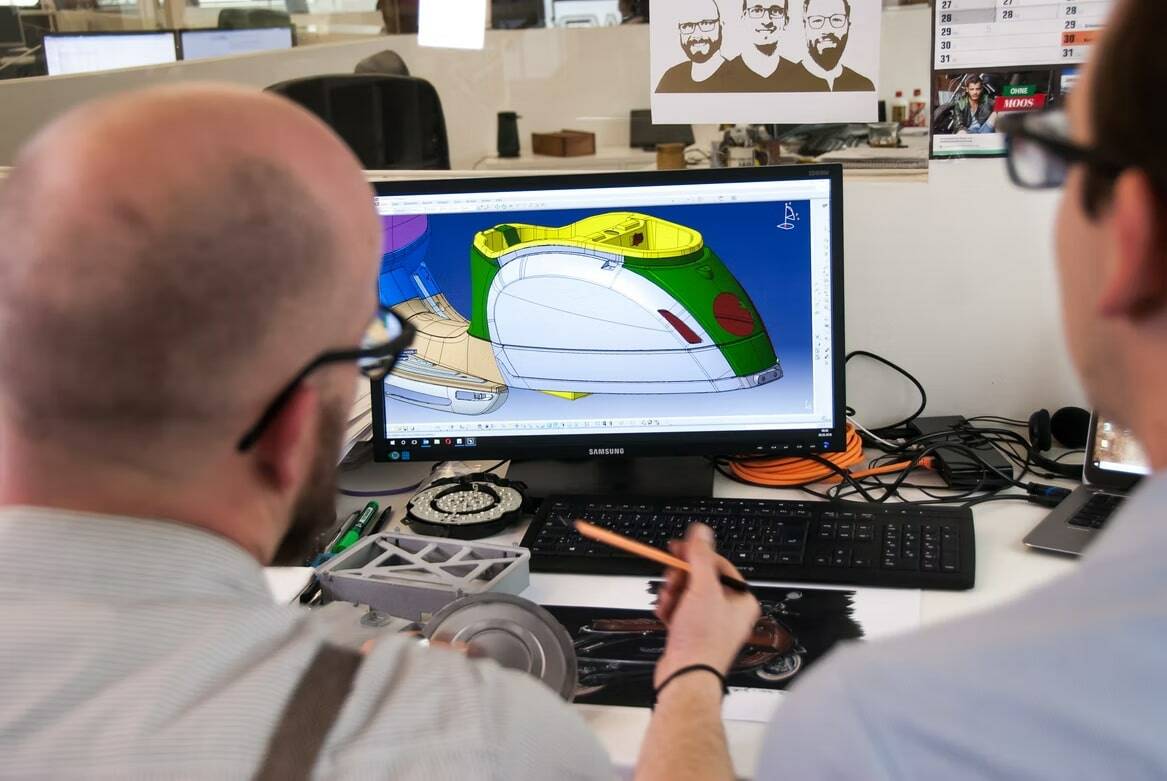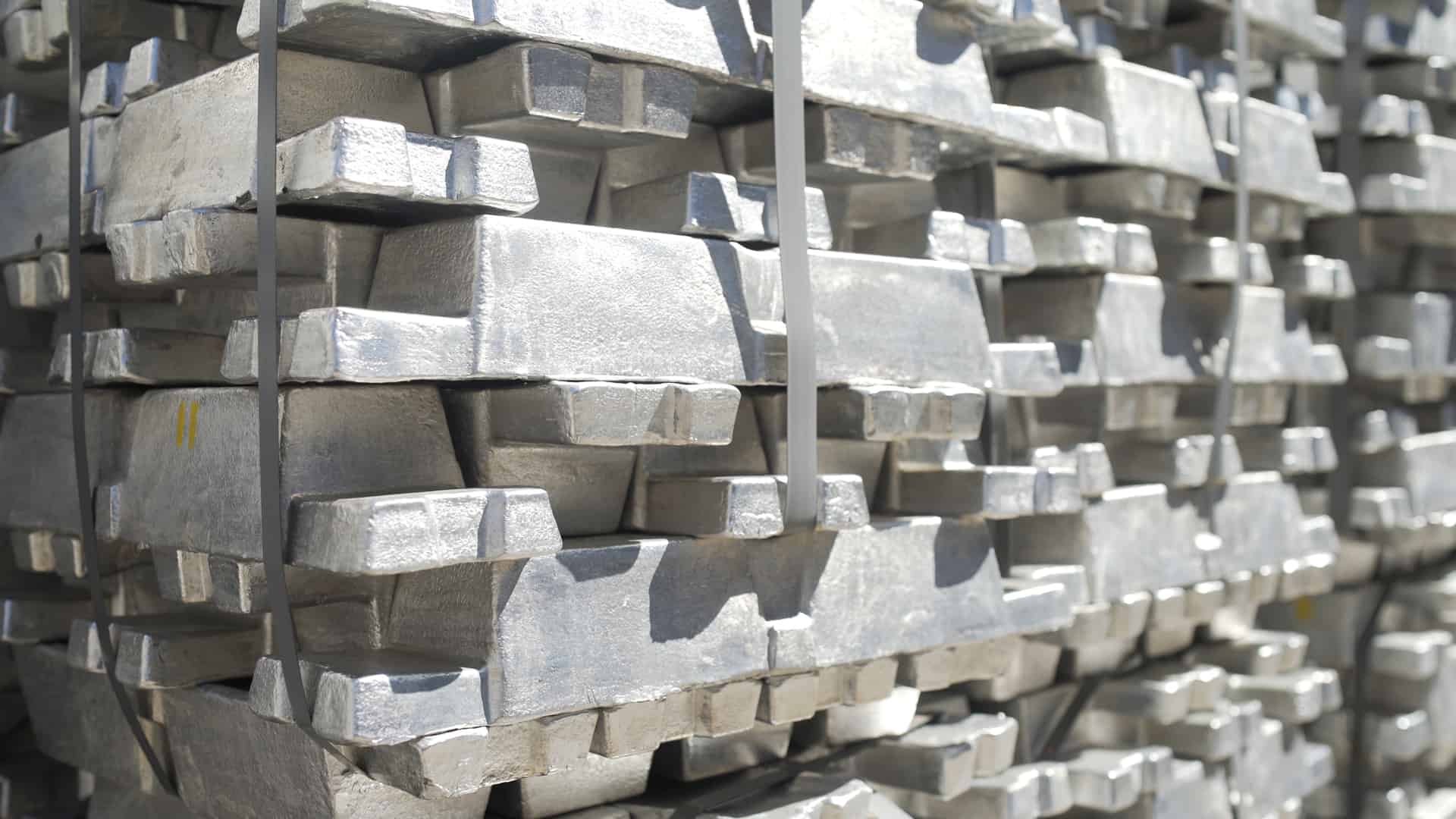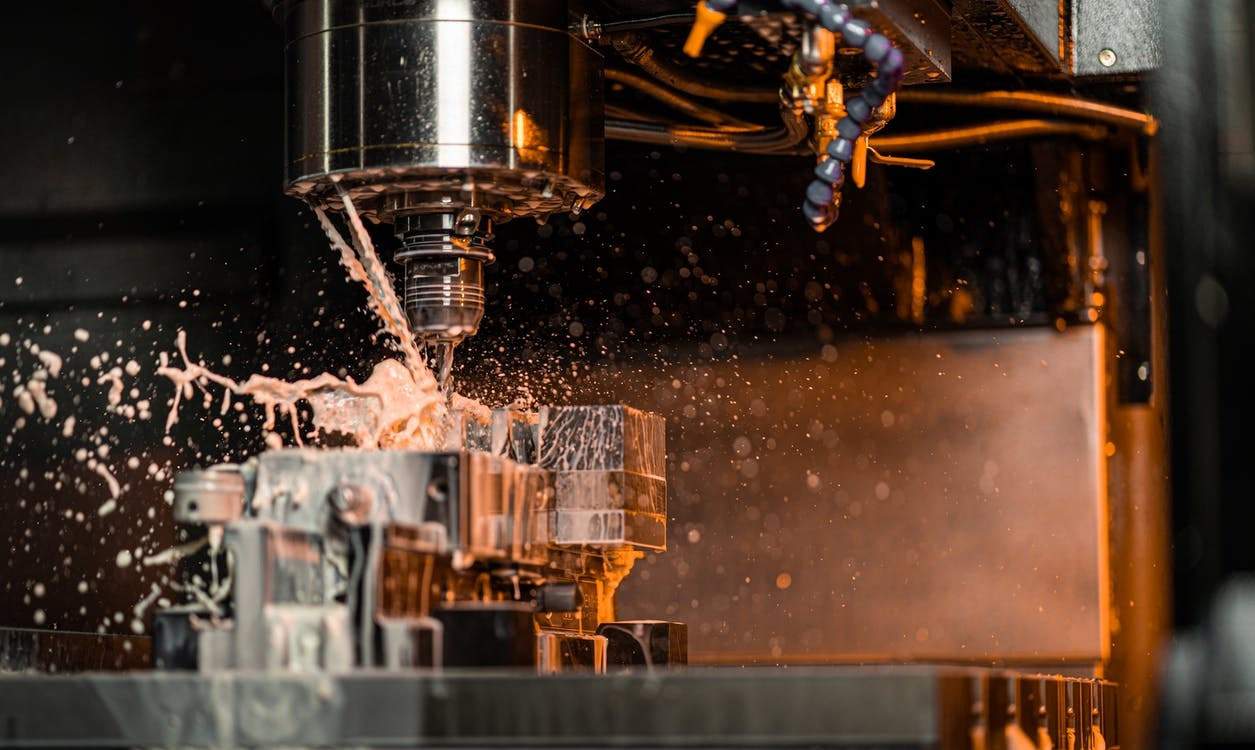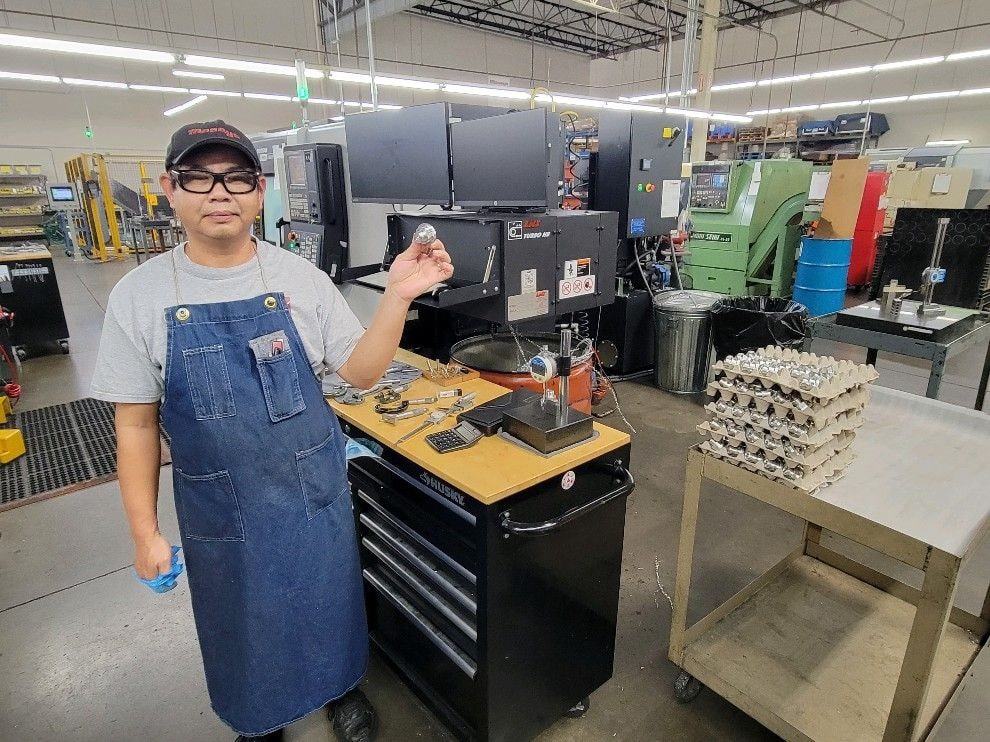Machined parts are an integral component in many industries, with the global machining market expected to reach over $400 billion by 2022. And it’s no wonder–machining is used to produce parts for a wide range of applications, whether it’s an airliner flying at 35,000 feet or forceps in the hands of a surgeon.
But What Are Machined Parts?
A machined part is one that has been made through the process of machining, where excess material is cut away using specialized tools.
Machining parts has traditionally relied on the steady hands of workers, but today innovations like CNC machined parts have introduced automation as well. Becoming a CNC machinist still takes training, skill, and experience to operate these high-tech cutting tools.
A machined part is distinct from a part that has only been cast or forged. Parts machining introduces the prospect of improved precision. With CNC machining, manufacturers are able to develop components for demanding applications across many industries.
Where Are Machined Parts Used?
Part machining provides useful components to just about every industry out there. The high precision of CNC production machining makes CNC machining cost-effective without compromising quality for a wide variety of applications, including:
- Aerospace
- Automotive
- Medical devices
- Firearms
- Oil and gas
These are just a few of the industries that use components machining to achieve a level of precision that other methods can’t deliver. There are further reasons that companies turn to machining parts to meet their needs as well.
Machining Parts Makes Rapid Prototyping Possible

Large-scale manufacturing relies on automated machining to make many parts. They’ll develop custom-built machines to make specific material alterations, but that requires a huge investment of time and money. They can’t do that until they’ve settled on their product, so they need to find another solution for prototyping.
Precision machine shops can take a CAD file or technical drawing and come back with a prototype with only minimal lead times. Machining lets them make just one of something both quickly and affordably. There are alternatives like injection molding, but these generally take longer and could delay development.
Machining doesn’t have any minimum order quantity, so it’s perfect for prototyping. That also means that machined parts can be acquired for smaller production runs at affordable costs. Other production methods typically have minimum orders in the thousands due to the extensive work that goes into preparation.
Machined Parts Can Do More
Machined parts offer a high degree of design freedom. There are part configurations that simply can’t be achieved through casting, injection molding, and other techniques. While there are some limitations, the use of CNC machining can produce parts to a wide range of specifications.
What Materials Are Used in Machining Parts?

Machined parts come in many different materials to suit many different purposes. The process is versatile and delivers excellent results with a wide range of metals and plastics. Here are some of the most commonly used materials.
Stainless Steel
Many of the applications that require machined parts also require the highest quality materials. Stainless steel is one example, both strong and corrosion-resistant. There are actually many distinct metal alloys within the category of stainless steel, each with its own unique uses for machined parts.
Brass
Brass is still one of the most widely used metals today due to its superior corrosion and wear resistance. It’s also very easy to machine, making machining very cost-effective for an incredibly wide range of brass parts.
Aluminum
Machined aluminum is seeing increased adoption across many industries. Incredibly lightweight, aluminum is replacing steel in many applications. However, it’s a challenging metal to work with, and companies must rely on precision machine shops to get the best results.
Plastics
While most people associate metal with machined parts, the technique works well with many types of plastic as well. It provides an effective subtractive manufacturing method compared to the additive method of 3D-printed parts.
A Machined Part’s Journey From Start to Finish

Machining components is far more complex than simply strapping a block of metal to a CNC mill and hitting start. The process makes an incredibly wide range of parts possible, but a lot goes into doing it right.
1. Analyzing Technical Drawings
When starting from scratch, the first step to machining a part is analyzing the technical drawings that come from the client. The machinists at the machine shop will carefully evaluate these documents. Even minor mistakes can ruin parts in precision machining, so verifying the quality of these drawings is essential.
2. Developing a Prototype Model
From the technical drawings, the machine shop can develop a computerized model that will allow them to carefully analyze and plan their approach. The model will also make it possible to generate instructions for CNC machines.
3. Choosing the Right Machining Technique
A wide variety of specific machines and techniques can be used to machine parts. A machine shop will have access to many of them and must make the right decision to achieve the best results. Milling, boring, drilling, and more can all play a part in bringing the part to its final shape.
4. Machining the Part
Now, the actual machining will be carried out based on the planned technique. The machinist who handles machining components will use either CNC or manual tools, or a combination of both, to complete the piece. Other steps could be involved to provide the correct surface finish or other requirements as well.
5. Quality Control
Once the part is ready, it is carefully inspected and measured to ensure that it matches the client’s specifications. Further quality control can include strength, wear, and corrosion testing to make sure parts stand up to the demands of their real-world applications.
Finding the Right Machine Shop

In the US alone, there are nearly 18,000 machine shops. When you need precision parts for demanding applications or a prototype that you can count on, how can you choose the right one? Luckily, there are a few criteria you can use to vet them properly.
Understand that shops can vary widely in the precision they can deliver. Machining is used in a wide range of applications, many of which do not require the same level of precision that yours does. Ideally, you’ll find a shop that specifically caters to your industry.
Always be sure to get a clear agreement as well. Finding the right machine shop isn’t just about finding machinists who do good work but also finding a business that you can work with smoothly.
Moseys is just that machine shop, providing high-quality precision parts in Southern California since 1975. We offer an extensive range of machining services, including full-service parts planning, sourcing and procurement, quality and testing, and more. Reach out for a quote today.